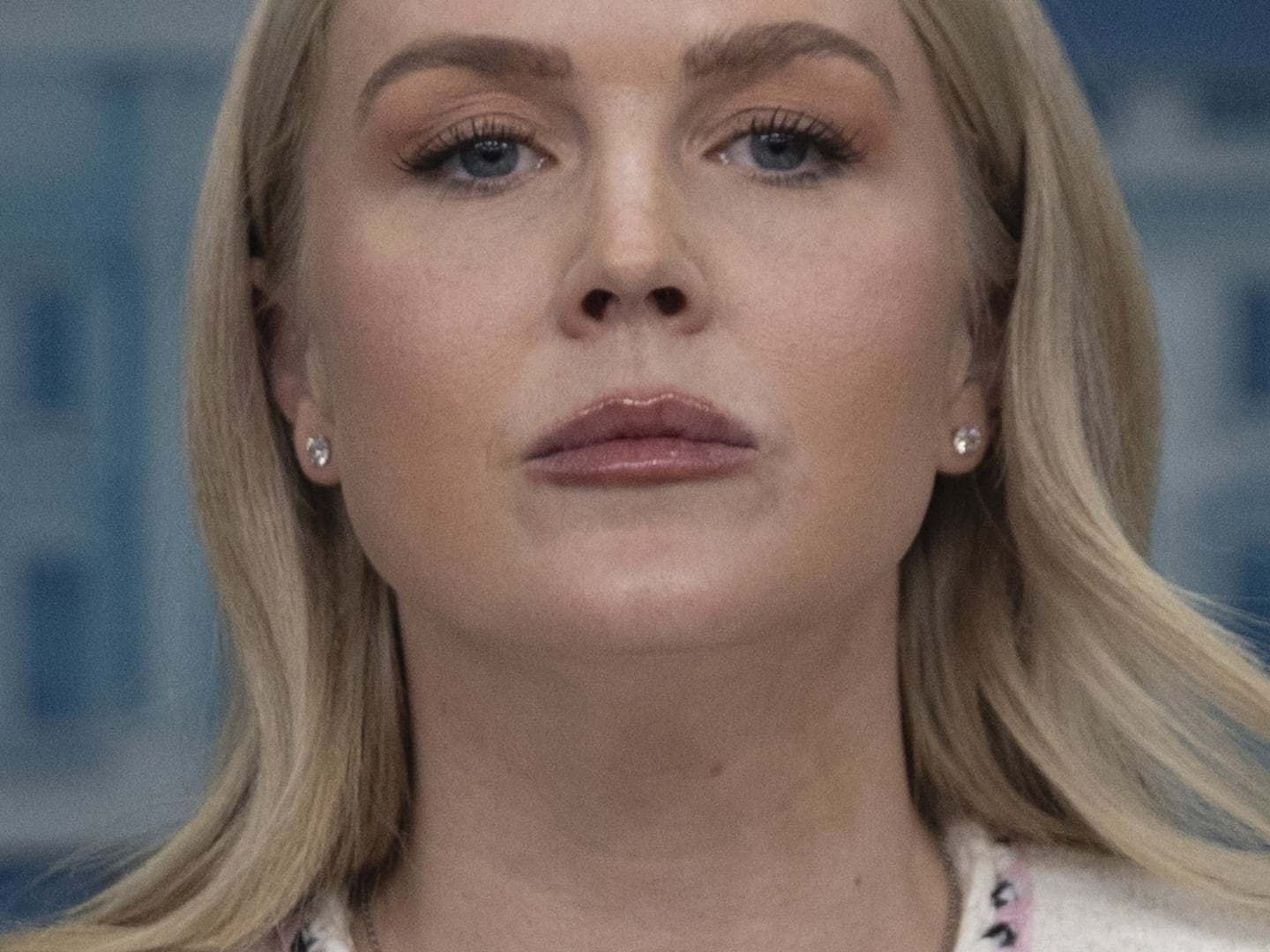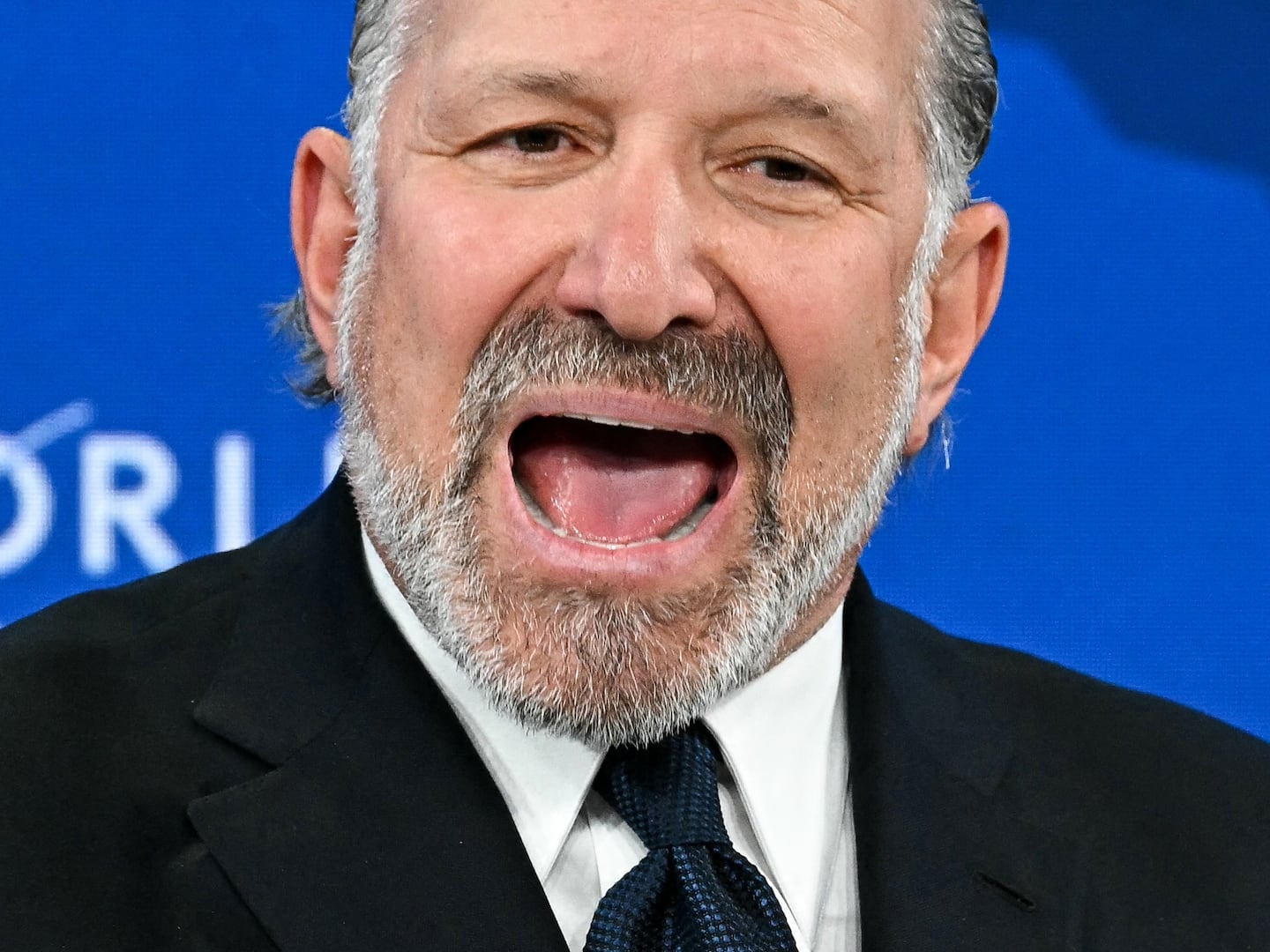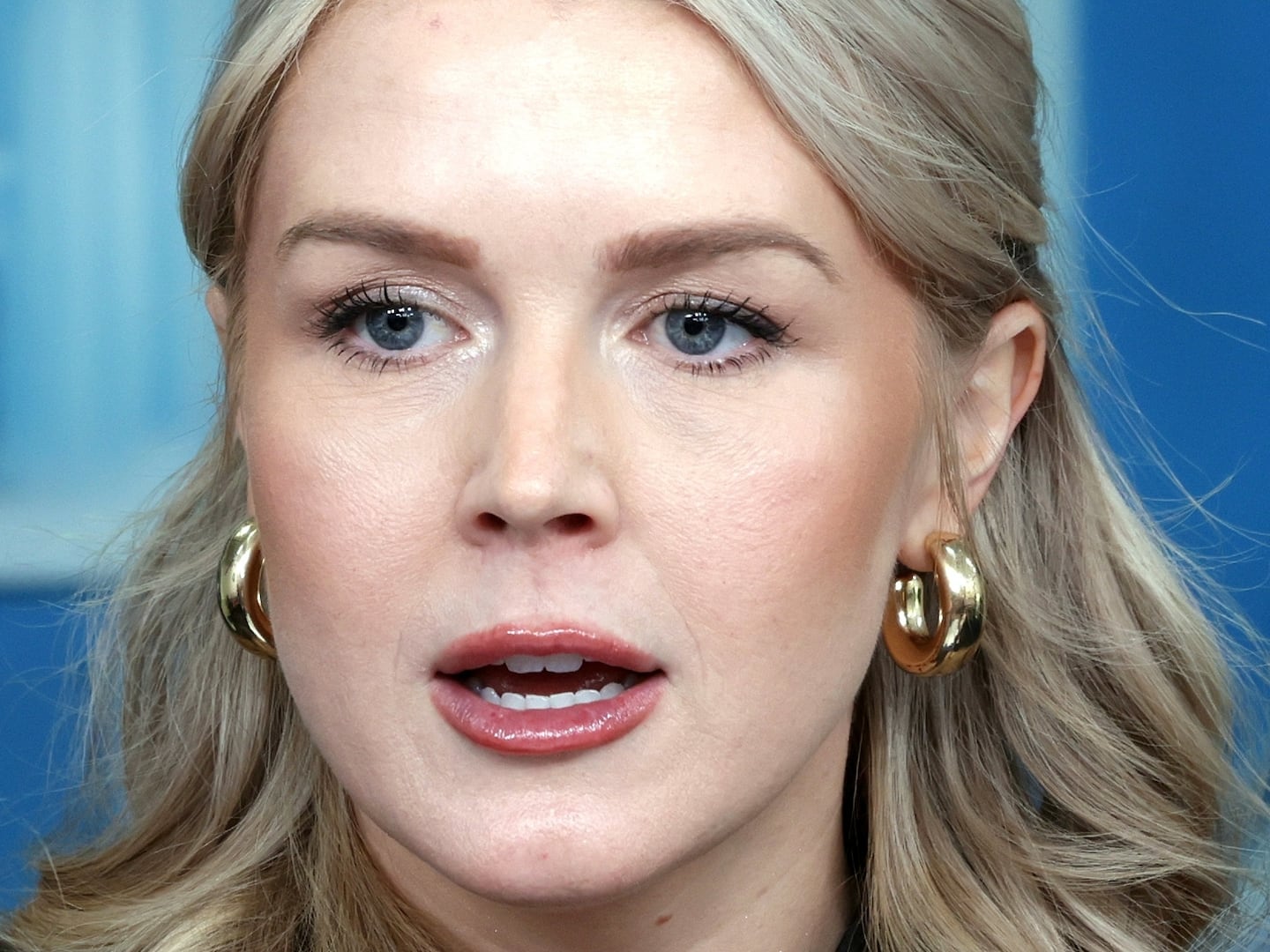For years now, Jill Leovy has spent as much time as anybody writing about violent crime, and thinking about its many causes.
The Homicide Report, her Los Angeles Times blog, went live in 2007. Its stated goal: to chronicle every murder in L.A. County. By her own admission, Leovy missed some of the homicides that took place in America’s most heavily populated county that year. But she still churned out countless column inches, documenting scores of murders that for various reasons would’ve never appeared in the Times’ print edition. (According to a 2008 L.A. Weekly article, the Times covered about one-tenth of the county’s murders before The Homicide Report.)
Having helped redefine how big metropolitan newspapers cover crime, Leovy has since handed off her daily blogging duties to a succession of colleagues. She’s still on the beat, though, and her first book is a serious contribution to the conversation about murder and urban law enforcement.
Ghettoside: A True Story of Murder in America is just that: A deeply reported account of the 2007 death of a promising Los Angeles teenager, the police investigation that followed, the prosecution and conviction of his killers, and the pain that his absence continues to cause his family. At the same time, Leovy’s book is an appeal for more effective policing in predominantly African-American communities, a powerful and intensely engaged affirmation that black lives matter.
“Explicitly confronting the reality of how murder happens in America is the first step toward deciding that it is not acceptable,” she writes, “and that for too long black men have lived inadequately protected by the laws of their country.”
Coinciding with a national trend, violent crime has declined in Southern California. When Leovy’s Homicide Report debuted in ’07, it reported a total of 941 murders in Los Angeles County; last year there were 551. Nonetheless, “the nation’s long-standing plague of black homicides” continues, writes Leovy, noting that African-American men account for “just 6 percent of the country’s population but nearly 40 percent of those murdered,” mostly by other black men.
Bryant Tennelle, 18, joined this tragic fraternity on May 11, 2007. A little after 6 o’clock that Friday evening, Tennelle and a friend were walking on West Eightieth Street when a stranger—later revealed to be Devin Davis, a 17-year-old gang member out to prove his mettle—leapt from an SUV and shot him in the head. The killing occurred a short distance from Tennelle’s South Los Angeles home, shattering the stable life his parents Wallace and Yadira tried to fashion for him and his siblings. Due to start a new job with the city’s parks department the following Monday, Bryant “had never drunk alcohol, didn’t fight, and knew nothing about gangs,” Leovy writes.
Bryant’s father Wallace Tennelle was a veteran Los Angeles Police Department homicide detective, and he felt that buying a home in the community where he worked—something that many L.A. cops refused to do—was important, logistically and symbolically. “Wally Tennelle believed people in South Los Angeles deserved good cops. Committed cops,” Leovy writes. “Cops who were willing to live in their neighborhoods.”
In Leovy’s telling, the elder Tennelle emerges as an exemplary officer, as does the man who heads the investigation into his son’s death. Granted what appears to have been unlimited access, Leovy finds, in Detective John Skaggs, a principled and highly competent cop who happens to be white, and whose “whole working life was devoted to one end: making black lives expensive. Expensive, and worth answering for, with all the force and persistence the state could muster.” He toiled in a particularly rough part of South L.A.—“ghettoside,” in the local parlance.
As described by Leovy, the investigation launched by Skaggs and his fellow officers was notable for its doggedness. The case jelled only because Skaggs was willing to babysit a crucial witness for weeks at a time, and because he and other officers questioned, on four separate occasions, a small-time drug dealer who once owned the murder weapon. Convicted for their roles in Tennelle’s murder, Davis and Derrick Starks, a fellow gang member, both got life in prison with no possibility of parole.
Leovy does an admirable job of telling a heartbreaking tale, but it’s probably not wise to draw too many conclusions based on the single, highly atypical murder case she chronicles. That Bryant Tennelle was a police officer’s son virtually guaranteed that the investigation would be conducted with more vigor than a typical homicide probe. She’s clearly aware of this. “You don’t get four visits from homicide detectives for just any gang killing,” she writes of the repeated questioning of the erstwhile gun owner.
And so, while Leovy’s right to celebrate the investigation as an example of police work at its finest—to say, as she does, that every murder case should be pressed with such a clear sense of purpose—I’m not sure what Ghettoside tells us about the way the LAPD deals with ordinary murders. (Or, for that matter, contemporary ones—the goings-on described here took place more than five years ago, so Leovy’s book may or may not be an up-to-date portrait of a police department at work, we just don’t know.)
But Leovy’s book is invaluable in its willingness to bear witness—in great detail and with great empathy—to one of the nation’s defining problems. Even as violent crime drops, “black men remain disproportionately victimized,” Leovy writes. “Forty years after the civil rights movement, impunity for the murder of black men remained America’s great, though mostly invisible, race problem. The institutions of criminal justice, so remorseless in other ways in an era of get-tough sentencing and ‘preventative’ policing, remained feeble when it came to answering for the lives of black murder victims.” Ghettoside is an important plea on behalf of those victims, their families and the communities in which they live.





